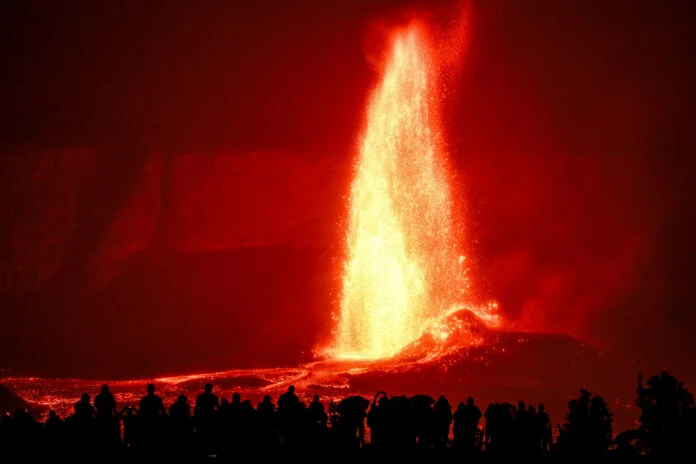A 3,000-year-old tomb that was discovered by archaeologists in northern Peru is said to have been built to honor a prominent religious figure in the Andean nation some three millennia ago.
The priest was buried under six layers of ash mixed with black earth, according to Peru's Culture Ministry.
The "Priest of Pacopampa," as the highland archaeological zone where the tomb was discovered is known, was buried under six layers of ash mixed with black earth, decorated ceramic bowls, and seals that suggested ancient ritual body paint used for people of elite standing, according to a statement released on Saturday by Peru's culture ministry.
Along the upper margins of the tomb, there were also discovered two seals: one had a jaguar design facing west and the other had an anthropomorphic face gazing east.
The head of the project, Yuji Seki, described the vast size of the tomb as "very peculiar," as well as the position of the person lying face down with one half of his body stretched and feet crossed. The tomb was approximately two meters (2.2 yards) in diameter and one meter (3.3 feet) deep.
He stated that a bone in the shape of a tupu, a sizable pin that Andean Amerindians used to hold ponchos and cloaks and would have been used to hold a woman's blanket, was also discovered with the remains.
Archaeologists hold pieces of pottery from the tomb, which also contained decorated ceramic bowls and seals indicating ancient ritual body paint used for people of elite standing.
Even though this guy is a man, Seki thought the connotations were strange. I believe that he was a leader in his era.
The priest would have been buried around 1,200 B.C., making him roughly five centuries older than the tombs of the "Lady of Pacopampa" and the "Priests of the Serpent Jaguar of Pacopampa," which were discovered in 2009 and 2015, respectively. The Pacopampa Archaeological Project has been working in the area since 2005, the ministry said.
However, it is thought that the "Priest of the Pututos" discovery from last year is older.








